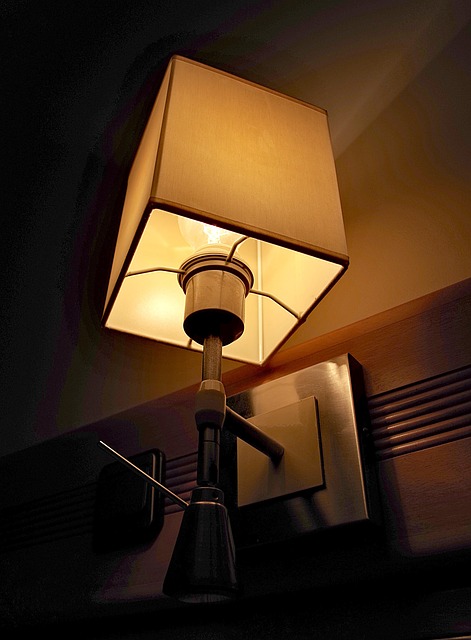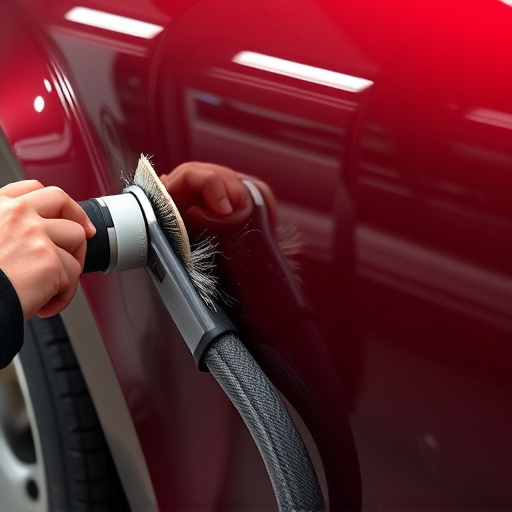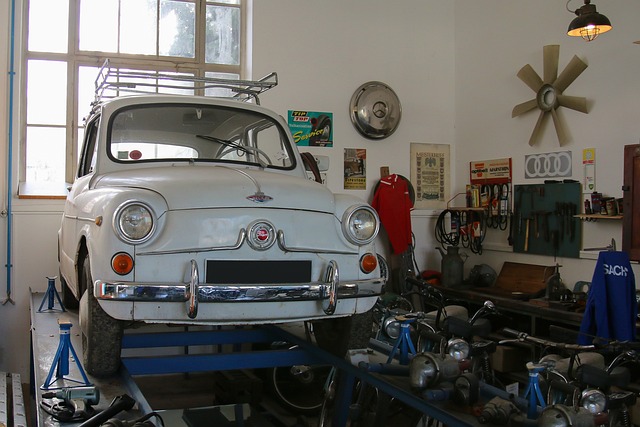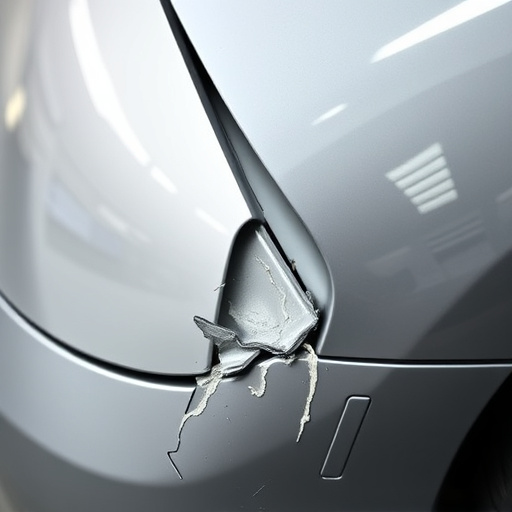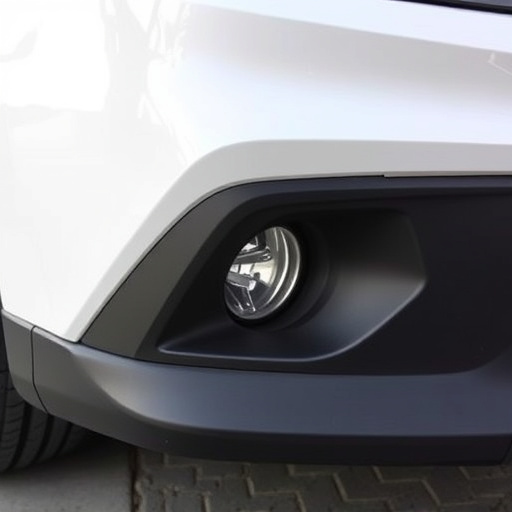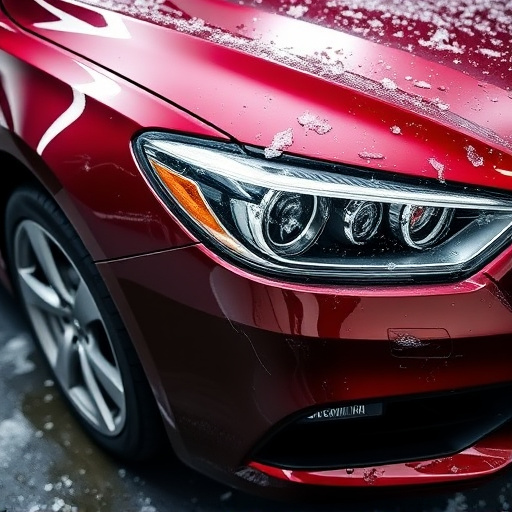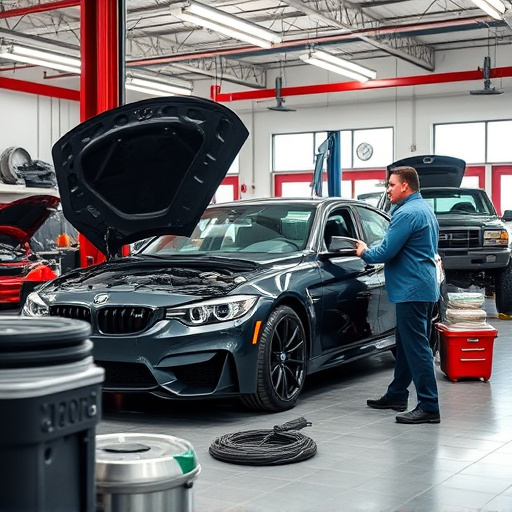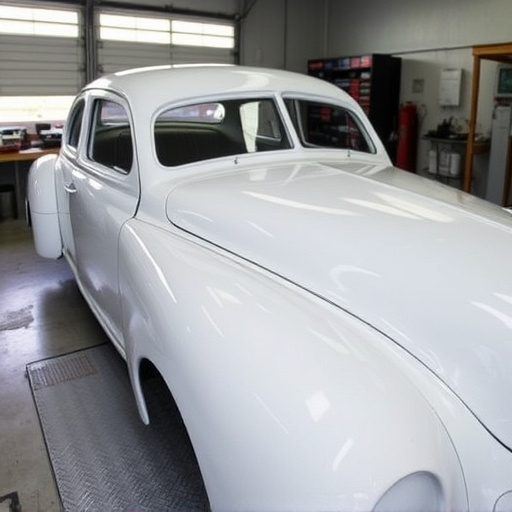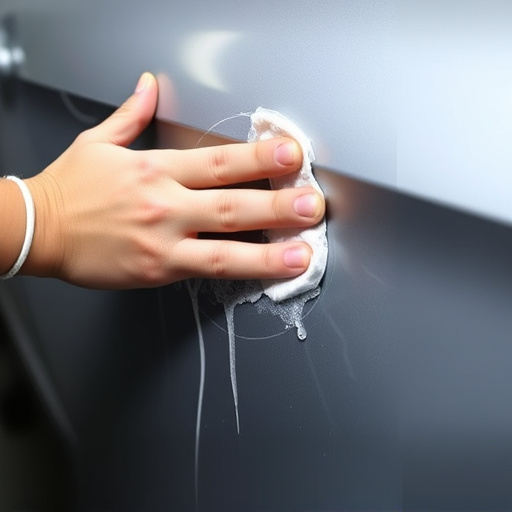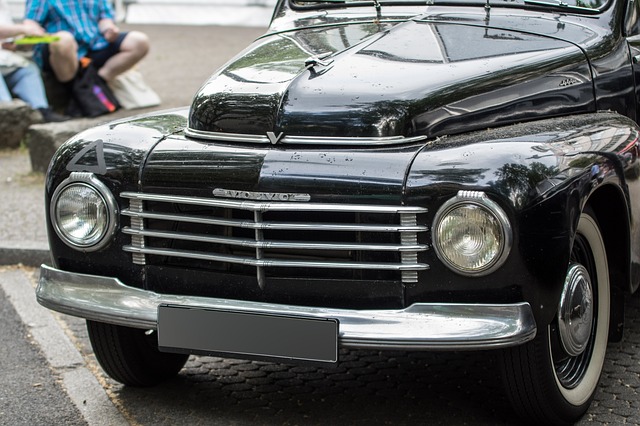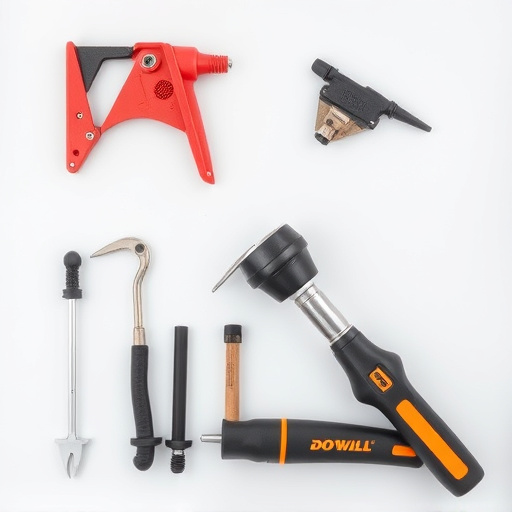Before cooling system collision repair, conduct a thorough assessment of radiators, pumps, hoses, and thermostats for damage or wear, checking for leaks, cracks, or bulges to prevent costly mistakes and ensure effective repairs. Verify system pressure and refrigerant charge to maintain optimal engine temperature and avoid underperformance or damage. Use genuine replacement parts and employ proper installation techniques to safeguard bodywork and vehicle paint repair.
Avoiding common mistakes during cooling system collision repair is essential for efficient, long-lasting vehicle performance. This guide walks you through three critical steps: assess all components before repairing, correctly replace leaking seals and gaskets, and verify system pressure and refrigerant charge. By following these practices, you ensure optimal cooling system functionality, preventing future issues and saving both time and money in the process.
- Assess All Components Before Repairing
- Correctly Replace Leaking Seals and Gaskets
- Verify System Pressure and Refrigerant Charge
Assess All Components Before Repairing

Before diving into any cooling system collision repair, it’s crucial to conduct a thorough assessment of all components involved. This step is often overlooked but can prevent costly mistakes and ensure the effectiveness of the repair. Start by inspecting the radiator, water pump, hoses, and thermostat for any signs of damage or wear. Check for leaks, cracks, or bulges that might indicate a need for replacement rather than simple fixing.
Remember, in automotive repair, especially after hail damage repair or car bodywork restorations, the cooling system could have been disrupted or compromised. Therefore, a meticulous examination will help you identify any underlying issues that might affect the performance of the system post-repair. This way, you can make informed decisions and use the right parts, ensuring your vehicle’s longevity and safety on the road.
Correctly Replace Leaking Seals and Gaskets

When conducting a cooling system collision repair, one of the most critical aspects is replacing leaks in seals and gaskets. These components play a vital role in maintaining optimal engine temperature, so any damage or wear should be addressed promptly. To ensure effectiveness, it’s crucial to use genuine replacement parts that match your vehicle’s specifications.
During automotive restoration, proper installation techniques are key. This involves thoroughly cleaning the affected areas and ensuring surfaces are free from debris before applying new seals or gaskets. Precise fitting and sealing prevent air pockets and potential leaks, which could lead to further damage to the car’s bodywork and vehicle paint repair.
Verify System Pressure and Refrigerant Charge

Before beginning any cooling system collision repair, it’s crucial to verify the system pressure and refrigerant charge. This step is essential as it ensures that your vehicle’s air conditioning system is operating at peak performance after the repair. Auto collision centers often overlook this aspect, leading to future issues like inadequate cooling or even system failure. Therefore, when taking your vehicle to an auto body services provider for such repairs, explicitly ask them to check these parameters to avoid any complications.
Proper refrigerant charge is critical for a vehicle’s cooling efficiency. Inadequate charging can result in poor cooling performance, while overcharging may cause damage to the system. Vehicle body shops that offer comprehensive auto collision center services understand this and employ sophisticated tools to measure and adjust the pressure and refrigerant levels accurately. This attention to detail guarantees that your car’s cooling system functions optimally, providing you with a comfortable driving experience.
Avoiding common mistakes in cooling system collision repair is key to ensuring efficient and safe vehicle performance. By thoroughly assessing all components, replacing seals and gaskets with precision, and verifying system pressure as well as refrigerant charge, you can prevent costly setbacks and maintain optimal engine temperature control. Remember, proper repair techniques are essential for a successful cooling system collision repair.
